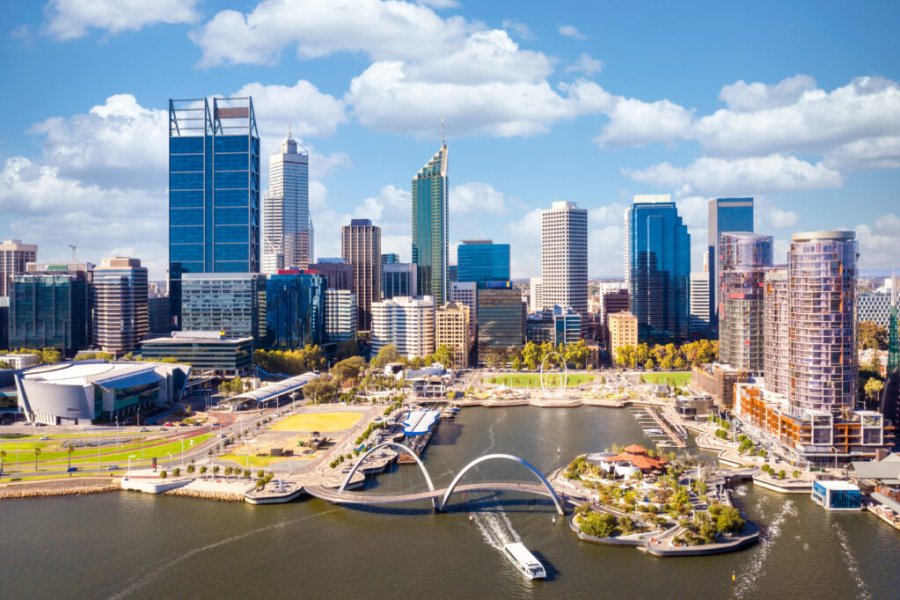Travel Guide Île De La Galite
Find an accommodation
Advertising
In the fights which opposed the adventurer Sanson Napollon to the Genoese of Tabarka, Galite was used as a warehouse. In 1628, the Corsican, native of Marseille, took possession of the island to reign there for 5 years. At the beginning of the XVIIIth century, the Neapolitans bought from the Bey Hussein a seasonal fishing right; this impacted the destiny of prisoners who were forced to become fishermen before being taken to Tunis. In 1768, the Bey of Tunis granted the exclusive exploitation of coral fishing to the Royal Company of Africa, a monopoly that France kept until the Revolution. Traces of this period can be found in the fields of the island where posts and wires were used to delimit the Christian cemeteries. Between the mainland and the islands, no depths greater than 200 m are recorded. Divers are familiar with the wonderful surroundings of this archipelago, the last refuge of a seal colony, unique in the Mediterranean and of course protected (they usually camp on the island of Galiton). As such, the Western Galiton has been classified since July 1980, by order of the Ministry of Agriculture as an "integral natural reserve".The archipelago is home to a large number of endemic and endangered species, it is of major importance in terms of biodiversity. Among these species are: the endemic brown alga (Cystoseira stricta), a bio-indicator of pure waters, the red calcareous alga (Phymatolithon calcareum), which indicates the presence of a facies of maerl threatened at the Mediterranean level, the large bivalve (Pinna nobilis) in danger of extinction, the gastropods (Charonia rubiconda and Patella negra), bio-indicators of the coasts of the Western Mediterranean and the lobster (Palinurus elephas). According to the Barcelona Convention, the archipelago is currently classified as a specially protected area of Mediterranean importance.The island of Galite is inhabited by fishermen and planted with vines. There are Roman and Punic remains. Galite and its surroundings have always attracted sailors for their fishy bottoms and especially for their coral (it is the only place in Tunisia where you can find it). In fact, this region was, for a long time, one of the largest exporters. The most common means of fishing, in use for centuries, was the net that was dragged along the rocky walls and to which a cross of Saint Andrew was attached. Pieces of coral get caught in the mesh and are brought to the surface, along with, unfortunately, many other elements of the marine biotope. The coral risks disappearing forever if we are not careful, at La Galite or elsewhere. In some areas, we do not even bother to go down to the depths to collect it. We exploit the shallow deposits with small fine branches. These, once unexploited, are now powdered and reconstituted with synthetic resins to then take the same path: that of the jewelry stores.To get there, contact directly the diving centers of Tabarka, which organize excursions. It takes about 3 hours of navigation to get there, the tour usually leaves at 7am, returning at 8pm. The excursion costs about 70 DT
Suggested addresses Île De La Galite
Weather at the moment
Advertising
Organize your trip with our partners Île De La Galite
Transportation
Book your plane tickets
Car Rental
Boat rental
Accommodation & stays
Find a hotel
Holiday rental
Find your campsite
Tailor-made trip
Immersion travel
Services / On site
Activities & visits
Find a doctor
Find unique Stay Offers with our Partners
Pictures and images Île De La Galite
There are currently no photos for this destination.



